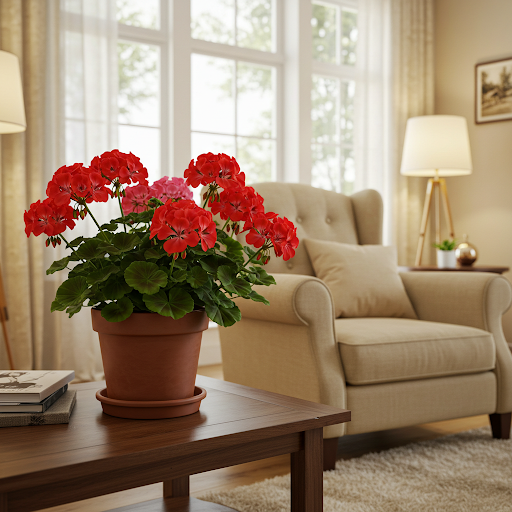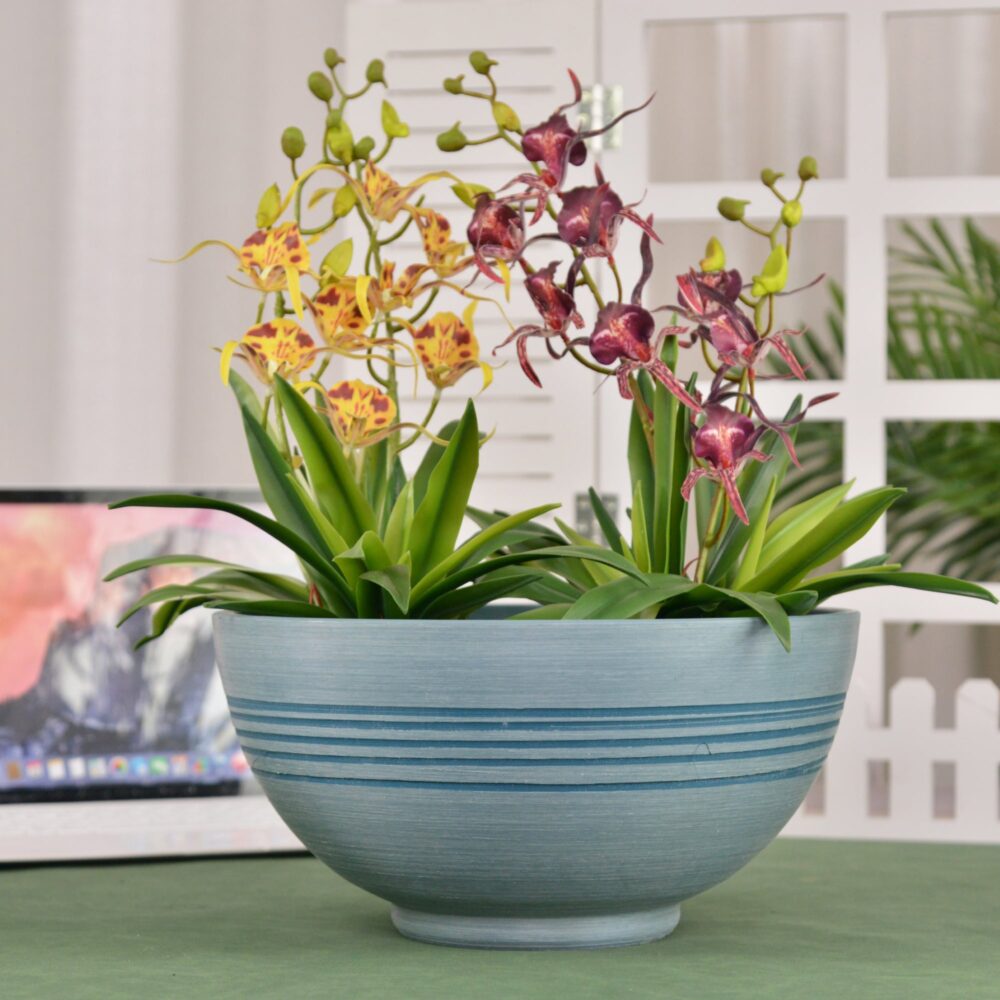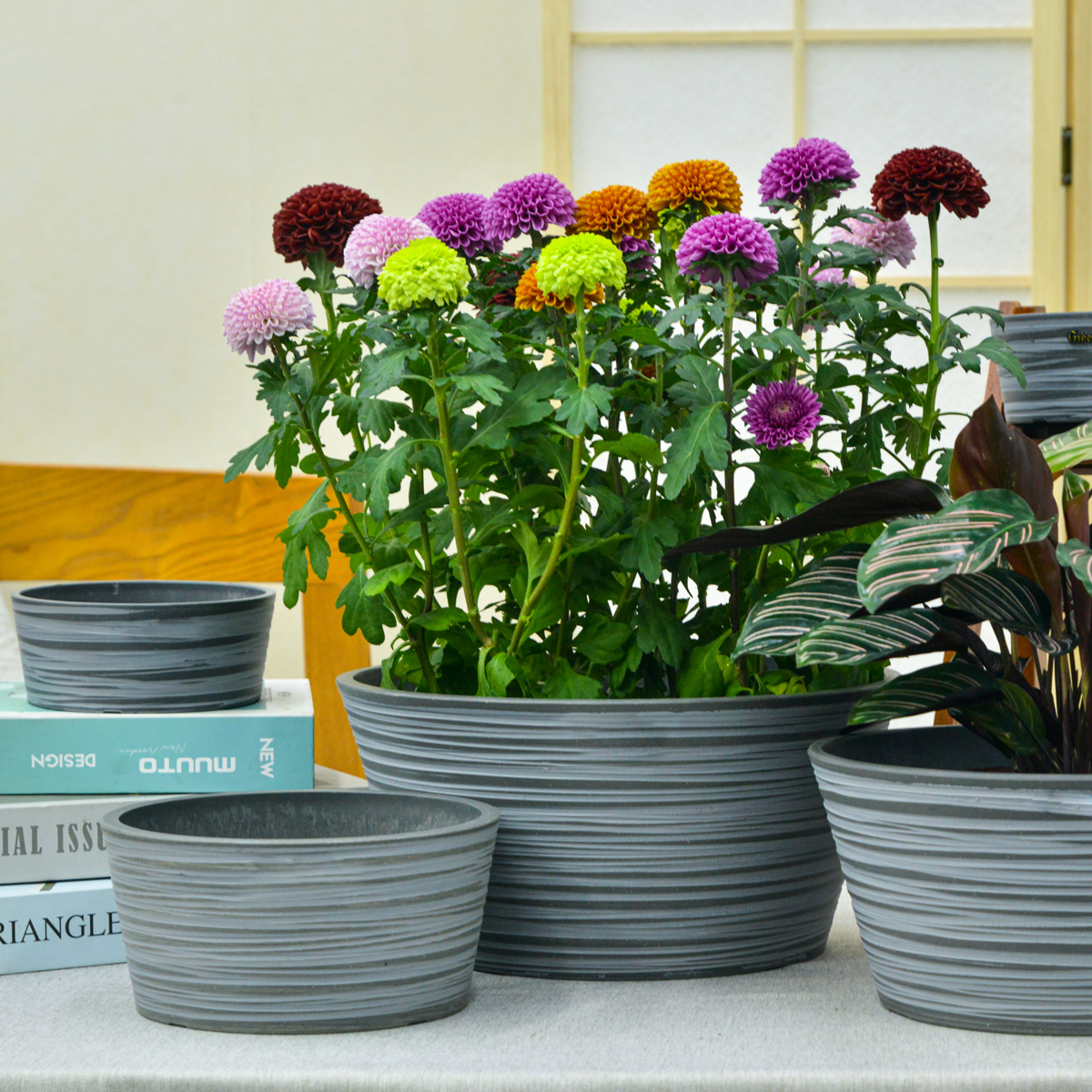Grandma’s Secret Trick for Blooms All Year Round! Even in December, My Geraniums and Violets Exploded with Flowers!
Want to unlock a simple, time-tested secret to keep your indoor plants thriving and even blooming beautifully, no matter the season? The Spanish article reveals a natural fertilizer that might just surprise you with its effectiveness: hydrogen peroxide. This common household item, when used correctly, can offer a multitude of benefits for your beloved houseplants, potentially leading to vigorous growth and even blooms when you least expect them, like in the heart of December! Let’s explore this intriguing method.

A Simple & Natural Fertilizer: Hydrogen Peroxide for Indoor Plants
This article shares a proven and easy way to use hydrogen peroxide as a natural fertilizer for your indoor plants. Regular use of this homemade plant food is said to stimulate growth, enhance abundant blooming, boost plant immunity, disinfect the soil, enrich it with oxygen, and protect plants from various diseases and stresses. It’s particularly beneficial for plants that are looking weak or struggling – those showing signs of rot, mold, stunted growth, or refusing to flower.
This powerful plant treatment relies on just one readily available medicinal product: hydrogen peroxide. It’s presented as a safe, inexpensive, and highly beneficial solution for nourishing your indoor greenery. In this article, we’ll delve into how hydrogen peroxide works, why it might be so effective, and how to prepare and use it correctly for optimal results.
Why Use Hydrogen Peroxide on Indoor Plants? The Oxygen Advantage
Hydrogen peroxide (H2O2) is a simple compound composed of water and an extra oxygen molecule. This extra oxygen provides essential benefits to plants by:
- Stimulating Plant Growth: Increased oxygen levels in the soil improve root function, allowing plants to absorb nutrients more efficiently, leading to stronger growth and healthier leaves.
- Promoting Blooming: By providing more oxygen and nutrients, plants may produce more flowers, bloom for longer periods, and display more vibrant colors. This might even encourage off-season blooming in some cases, although results can vary.
- Boosting Immunity: Hydrogen peroxide acts as a natural disinfectant, helping to prevent bacterial and fungal infections, making plants more resistant to diseases.
- Disinfecting and Aerating Soil: It helps eliminate harmful bacteria, fungi, and mold that can grow in overwatered or poorly ventilated soil.
- Preventing Root Rot and Mold: One of the most common causes of plant stress is root rot due to excessive moisture. Hydrogen peroxide aids in oxygenating the soil and preventing the growth of harmful microorganisms.
- Helping Plants Recover from Stress: Whether due to transplanting, extreme weather conditions, or improper care, hydrogen peroxide can assist plants in recovering from stress and resuming healthy growth.
Now that we understand the potential benefits, let’s move on to preparing and using hydrogen peroxide as a fertilizer for your indoor plants.
How to Prepare Hydrogen Peroxide Fertilizer for Your Plants
Preparing this natural plant food is incredibly simple and requires just two ingredients:
- Hydrogen peroxide (3% solution – the standard strength found in drugstores)
- Settled or filtered water
There are two main methods for using hydrogen peroxide in plant care:
1. Regular Watering Solution (for Continuous Growth Stimulation):
This method is great for routine use and can help nourish your plants and prevent fungal growth.
How to Prepare the Solution:
- Take 1 liter (approximately 4 cups) of settled or filtered water.
- Add 1 tablespoon of 3% hydrogen peroxide.
- Mix the solution thoroughly.
- Use immediately to water your plants directly at the roots.
Use this solution every 7-10 days, especially during your plants’ active growing season. This mixture helps oxygenate the soil, improve nutrient absorption, and keep the root system healthy and free from pathogens.
2. Foliar Spray and Soil Treatment (for Pest and Disease Prevention):
This method is best for plants showing signs of disease, fungal infections, or slow growth. It can also help prevent mold from growing on the soil surface and keep leaves free from bacteria and pests.
How to Prepare the Spray Solution:
- Take 1 liter (approximately 4 cups) of settled or filtered water.
- Add 1 tablespoon of 3% hydrogen peroxide.
- Pour the mixture into a spray bottle.
- Spray the plant leaves evenly, ensuring both the tops and undersides are covered.
- Lightly spray the surface of the soil to prevent mold and kill harmful microorganisms.
Repeat this process every 7-10 days for optimal results.

Additional Benefits and Uses of Hydrogen Peroxide for Plants:
- Reviving Wilted or Weak Plants: If your plants are drooping, turning yellow, or generally looking unhealthy, hydrogen peroxide can provide a quick pick-me-up. Simply use the regular watering solution to give the roots a boost of oxygen.
- Treating Root Rot and Soil Fungus: If you notice a foul odor or mold growth on the soil or surface, you can use the foliar spray method or pour a slightly stronger solution of hydrogen peroxide (1.5 tablespoons per liter of water) directly onto the soil to kill the fungus.
- Preventing Pest Infestations: Hydrogen peroxide can help eliminate small pests, such as fungus gnats that thrive in moist soil. Gently spraying the soil surface with the hydrogen peroxide solution can prevent larvae from hatching and damaging plant roots.
- Disinfecting Garden Tools and Pots: A diluted hydrogen peroxide solution can also be used to clean gardening tools and pots, preventing the spread of plant diseases.
Precautions and Best Practices:
- Always Use a Fresh Solution: Hydrogen peroxide breaks down quickly when exposed to air, so mix a fresh batch each time you intend to use it.
- Don’t Overuse: While beneficial, excessive use of hydrogen peroxide can disrupt beneficial soil bacteria. Stick to the recommended frequency.
- Test on a Small Area First: Before applying hydrogen peroxide to sensitive plants, test a small amount on a few leaves to check for any adverse reactions.
- Store Hydrogen Peroxide Properly: Keep it in a cool, dark place away from direct sunlight, as light can reduce its effectiveness.
Final Thoughts:
Using hydrogen peroxide as a natural fertilizer is a fantastic way to boost the health and resilience of your indoor plants. Whether you’re aiming to encourage vigorous growth, prevent diseases, or revive struggling plants, this simple and inexpensive solution can work wonders. By incorporating hydrogen peroxide into your plant care routine, you can help ensure your flowers and greenery thrive, even in challenging conditions, and perhaps even enjoy unexpected blooms during the colder months!
KC3-14A
By greenship|2024-08-16T06:26:30+00:00August 16, 2024|Categories: Hand-carving Series|
13 inch Planter for Indoor Plants, Set of 2 Modern Decorative Plant Pots with Drainage Hole, Cute Bowl Shape Flower Pots
By greenship-seo|2025-04-10T07:41:46+00:00January 10, 2025|Categories: Hand-carving Series|Tags: Decorative Flower Pots, Self-Watering Pots|
11THD
By greenship|2024-08-13T02:52:20+00:00August 13, 2024|Categories: Hand-carving Series|
Planter 6 in W / 8 in W / 12 in W Indoor or Outdoor Plants, Modern Decorative Plant Pots with Drainage Hole, Decorative Flower Pots
By greenship-seo|2025-02-06T13:43:53+00:00January 16, 2025|Categories: Hand-carving Series|Tags: Decorative Flower Pots|
HS
By greenship|2024-08-13T06:45:17+00:00August 13, 2024|Categories: Hand-carving Series|
Modern Plant Pots with Drainage – Indoor & Outdoor Use (6″ Widths)
By greenship-seo|2025-04-10T06:29:43+00:00February 6, 2025|Categories: Hand-carving Series|Tags: Decorative Flower Pots|






